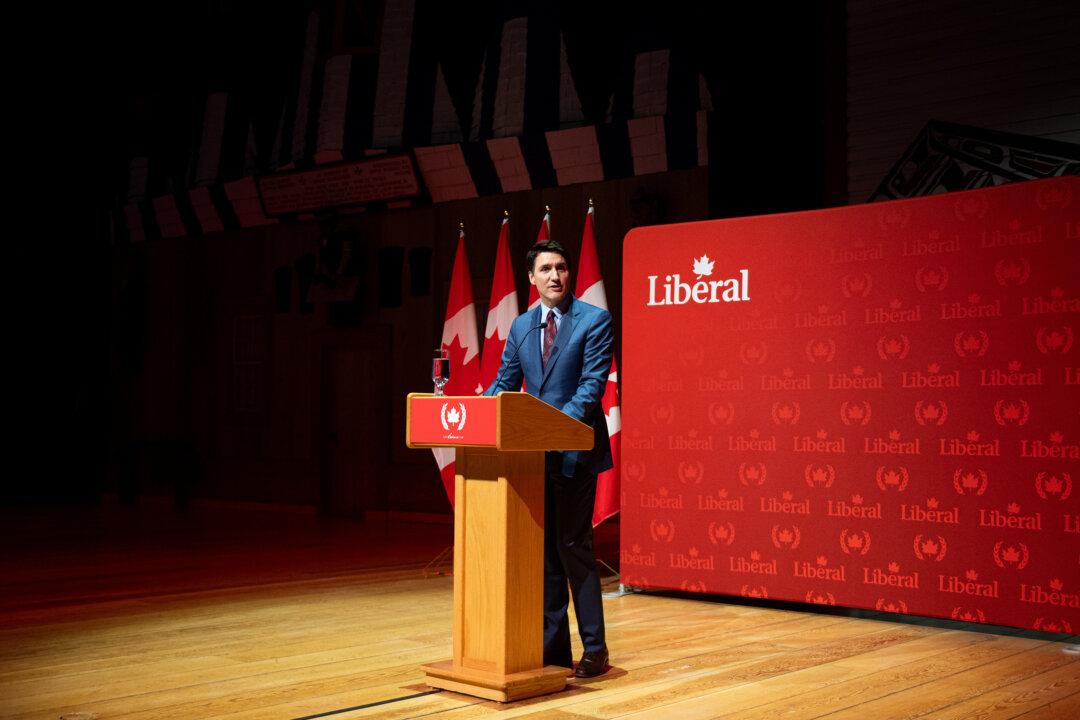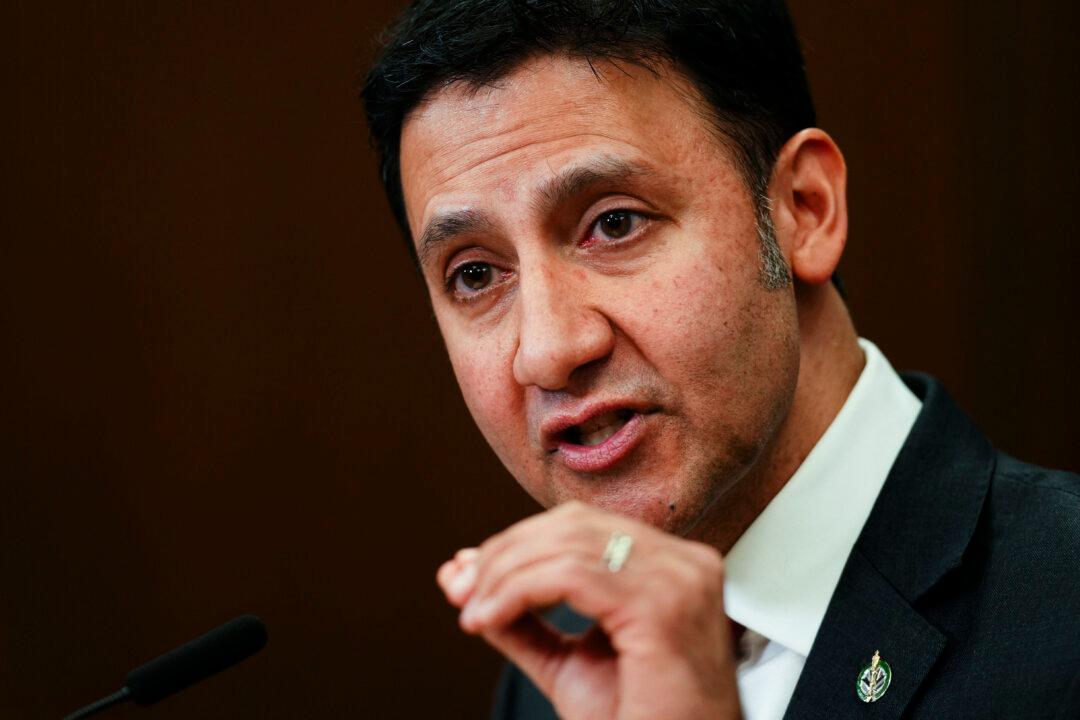The Liberal government presented its first budget in the new Parliament on Thursday. While staying in line with the Liberal platform, the budget has been nudged by Russia’s invasion of Ukraine, the inflation and housing affordability crisis, and the Liberals’ recent deal with the NDP.
The government’s spending is set at $452.3 billion with a deficit of $52.8 billion, with the debt to GDP ratio pegged at 45.1 percent.
Finance Minister Chrystia Freeland presented the budget and took credit for the economic recovery, and noted that the “time for extraordinary COVID support is over.”
“Think about that, after a devastating recession, after wave after wave, and lockdown after lockdown, our economy has not just recovered, it is booming,” she said.
While Freeland acknowledged that fighting COVID-19 and the recession came at a “high price,” she said inflation is a global phenomenon.
She added that “our chief economic problem is that there is too much demand chasing too little supply.”
This is a variation of the expression “too many dollars chasing too few goods” that’s been used repeatedly by the Conservative opposition to decry government-fuelled inflation generated by monetary policy and massive spending.
Housing Crisis
A core factor in the housing affordability crisis is the historic low supply of homes, and this has been compounded by the governments’ response to the pandemic, whether by injecting liquidity in the market or forcing people to work from home.Freeland said the government’s plan is to double the number of new homes built over the next 10 years. Much depends on municipalities with regard to zoning, and she said the effort will be a collective one between different levels of government and private and non-profit sectors.
Tax Hike
While government revenues are being bolstered by inflation and oil prices, the government will raise taxes on corporations that made large profits during the pandemic, including Canada’s “big six” banks and large insurance firms.Defence Spending
Russia’s invasion of Ukraine put into focus Canada’s aging radar system in the Arctic to defend against potential Russian attacks, and it confronted the Liberals with a stark reality when it was unable to match vocal support to Ukraine with corresponding military equipment contributions.The Liberal government is now increasing defence spending by $8.5 billion over five years.
The rest of the allocation isn’t yet clear, but Freeland said there would be a “swift defence policy review to equip Canada for a world that has become more dangerous.”
This increase in defence spending is insufficient to reach the NATO guideline of 2 percent of GDP.
But many consider the 2 percent guideline a political target that is only relevant if the expenditures fit within a well-thought-out defence strategy.
Opposition’s Response
Conservative MP and finance critic Ed Fast said the government’s budget doesn’t properly address the problem of inflation.“The budget is bereft of any vision to meaningfully address what currently matters most to Canadians, which is the skyrocketing cost of living and housing affordability crisis,” Fast said.
“There’s no real plan to fight the inflation that is exacerbated [by] this government’s tax and spend profligacy, there’s no overarching investment into economic growth, no growth plan to improve our productivity and our ability to compete in the global marketplace. There’s no grand plan to restore Canada’s tarnished reputation as a good place to invest.”





